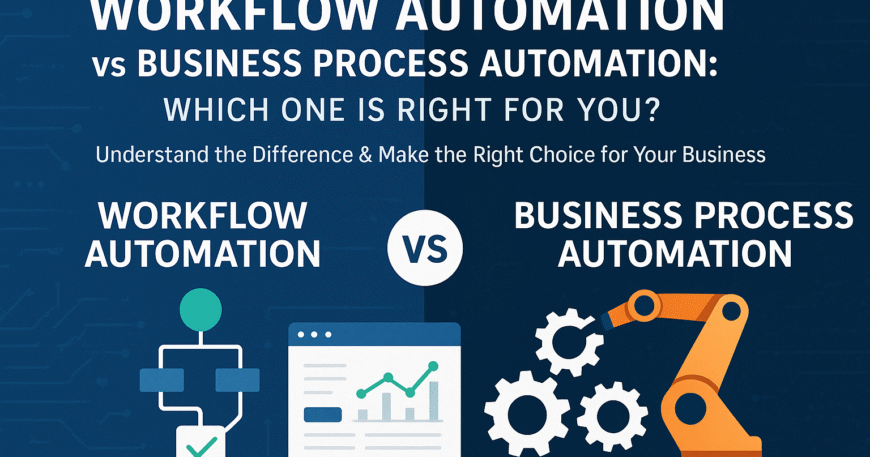Best App Development Company in India – Duplicate – [#19497]
Best DevOps Consulting Company in India Updated Date: June 14, 2025 Written by Mehak Mahajan Table of Contents Everything is Code, which is how culture meets automation. DevOps is not just about higher velocity; it’s about how teams build harmony with automation, agility, and code principles! DevOps acts as the digital strait between the development and operations matrix. It focuses on smooth navigation, fast software delivery, continuous integration, and collaborative workflows through automation. DevOps helps businesses to scale seamlessly, reduce errors, and launch tech-ready features more quickly and efficiently. The DevOps market in India is experiencing explosive growth. The notable acceleration led to a large-scale digital transformation. According to the latest research market is projected to grow from USD 460.6 billion in 2024 to USD 2.57 billion by 2033. The sudden surge in the DevOps market highlights a strong compound annual growth rate (CAGR) of nearly 19.5%. Another research study suggests that the market size will reach USD 3.81 billion by 2025 and reach USD 10.80 billion by 2031. It shows a CAGR of up to 19%, which underlines the fact that businesses are heavily investing in DevOps consultation to stimulate operational efficiency. DevOps also enhances software delivery and smooth collaboration between development and IT teams. Cloud adoption is significantly expanding and demands that continuous integration and delivery become standard. Therefore, today, DevOps is not just a niche-based work but has become a core component for business innovation and growth. Best DevOps Consulting Company in India 1. Innovatrix Infotech Private Limited Innovatrix Infotech Private Limited is the Best DevOps Consulting Company in India. It believes in transforming IT infrastructures into high-performing, smooth-functioning, and self-sustained ecosystems. The company gives momentum to the seamless integration between development and operations. Innovatrix Infotech uses modern DevOps tools like Jenkins, Docker, Kubernetes, GitLab CI/CD, Terraform, and many more. But what really sets Innovatrix Infotech apart is its holistic approach, where strategy, culture, and technology blend in harmony to create sustainable value. Innovatrix doesn’t offer one solution for each kind of industry, but it provides unique solutions as per the demand of the industry. DevOps consultants at Innovatrix Infotech Private Limited work closely with clients to design customized DevOps pipelines, cloud-native infrastructure, and monitoring mechanisms. Business goals work in harmony with the consultant’s expertise and the excellence of tools. From automated testing to container orchestration, and from infrastructure as code (IaC) to continuous monitoring, their services cover the full DevOps lifecycle. Are you looking for customized DevOps for your industry? As no technical infrastructure is are same. Whether you are in FinTech, HealthTech, or E-commerce. Innovatrix Infotech’s DevOps engineers build DevOps pipelines efficiently. Request a Free DevOps Blueprint Today! Schedule a free DevOps consultation with us. Moreover, Innovatrix Infotech Private Limited works with a strong focus on cloud adoption (AWS, Azure, GCP) and security automation technologies. Innovatrix Infotech Private Limited ensures that DevOps isn’t just fast but also safe, secure, and scalable. The company has a proven track record in reducing time-to-market, improving release cycles, and enhancing collaboration across tech teams. Here are the prominent DevOps tools used by Innovatrix Infotech Private Limited: • Docker• Kubernetes• AWS• Google Cloud Platform• Digital Ocean• Prometheus• Grafana• ELK Stack• GitLab CI/CD• Jenkins• GitHub Actions In India’s significantly growing DevOps ecosystem, Innovatrix Infotech Pvt Ltd emerges not just as a DevOps consulting company but as a strategic transformation partner for various businesses. It empowers businesses to innovate faster and smarter in the most refined manner. Innovatrix Infotech Private Limited helps enterprises navigate through complex software delivery challenges and brings notable acceleration in cloud adoption. For continuous evolution and technical integration, choose Innovatrix Infotech Private Limited. 2. Infosys Infosys is among the top DevOps consulting company with expertise in comprehensive DevOps solutions. The core aim of Infosys is to drive agility, bring optimal innovation to the table, and achieve operational excellence. With exceptional experience in NextGen DevOps, DevSecOps, and Cloud DevOps, Infosys tends to nurture the technical landscape of IT businesses. The end-to-end automation and enterprise agility of Infosys bring growth in the highly regulated industry. Infosys predominantly invests in innovation labs and automation accelerators such as Infosys NIA and Infosys DevOps infrastructure. It empowers business enterprises to adopt intelligent solutions that not only reduce the deployment cycles but also boost the application’s user experience and resilience. Here are the popular DevOps services provided by Infosys: • NextGen DevOps• DevSecOps Platform• Cloud DevOps • Continuous Testing Services • Agile DevOps for enterprises 3. Accenture Accenture is among the Best DevOps consulting companies in India with its prominence in digital transformation decade-long. It is the best DevOps consulting company in India with the largest innovation and delivery hubs. Accenture provides end-to-end DevOps consultation, engineering, and managed services. The approach Accenture follows is enriched with cloud-native design and enterprise agility. The DevOps solutions of Accenture offer AI-powered CI/CD pipelines with integration of DevSecOps and SRE practices. Accenture collaborates with AWS, Azure, and Google Cloud with proprietary DevOps experts. They provide unmatched speed and flexibility to digital businesses. With strong fortification in industries such as healthcare, finance, e-commerce, etc. Accenture continues to set a benchmark for high-grade DevOps solutions. Here are the prominent DevOps services offered by Accenture: • Continuous Integration and Deployment• Configuration Management• Performance Monitoring• Infrastructure Automation• Cloud Strategy and Migration Transform your development process with a top DevOps service provider. Innovatrix Infotech uses best practices to save costs and launch quickly in the technical landscape! Let’s Talk! 4. Wipro Wipro provides transformative DevOps consultation, majorly emphasizing maturity assessments of DevOps, process automation, and security integration. It has developed in-house DevOps accelerators and templates that help reduce onboarding time and enhance release velocity. Wipro is also the best DevOps Consulting Company in India. The hybrid cloud expertise gives clients more flexibility to adopt DevOps in a multi-cloud or hybrid IT environment across India. It also partners with leading tool providers to provide seamless toolchain integrations and unified dashboards. These features offer real-time visibility into development and deployment. The Agile coaching services





